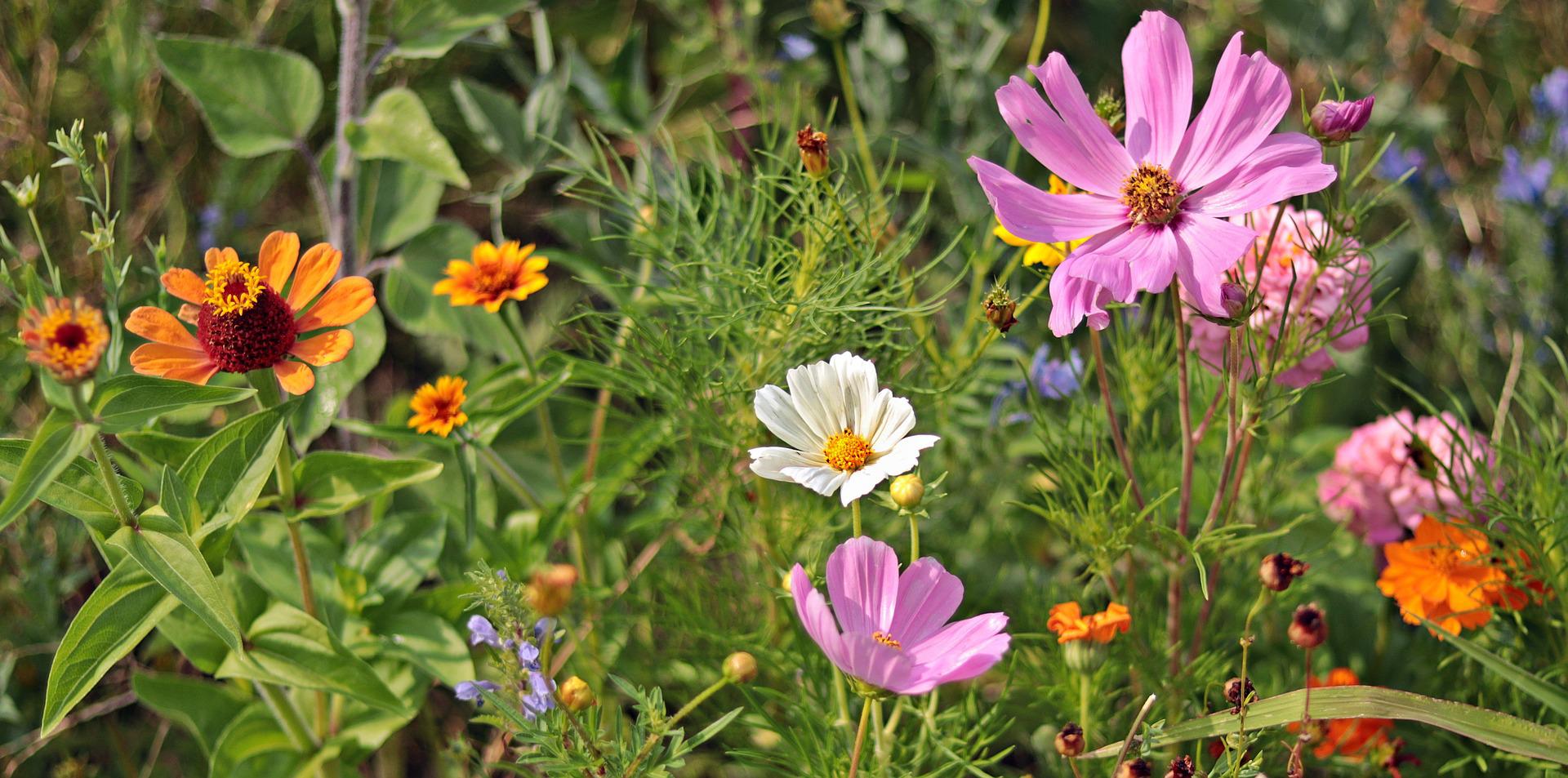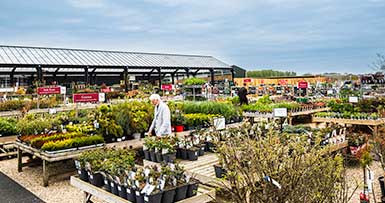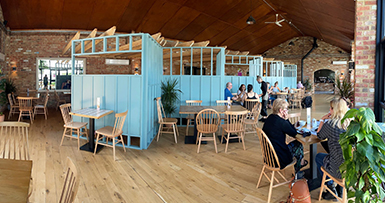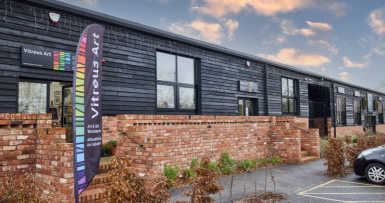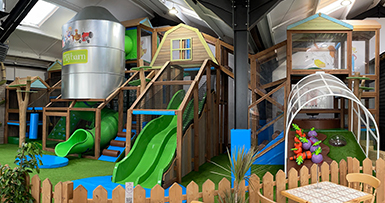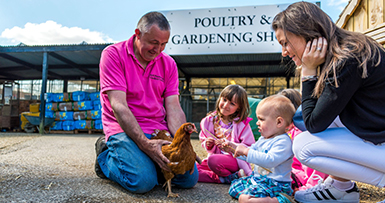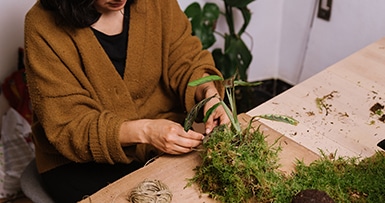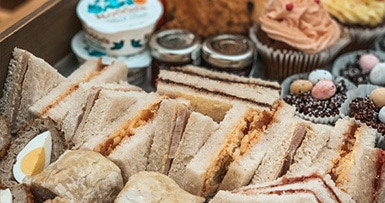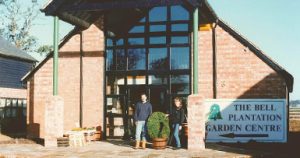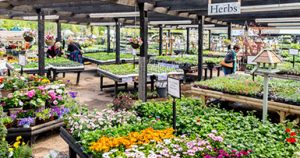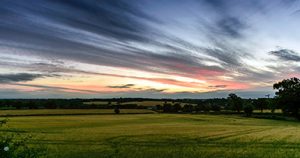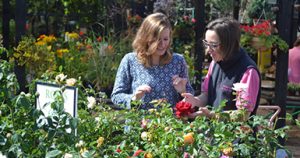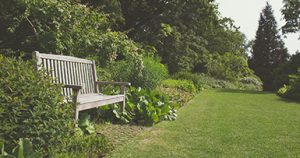Here at the Bell Plantation, we are advocates for caring for wildlife and preserving our precious biodiversity that is so important to our planet. Making your garden more wildlife friendly doesn’t mean it has to turn into a jungle, as even the smallest spaces can give nature a home.
So, if you’re interested in welcoming more nature into your garden, do carry on reading!
Creating a Wildflower Meadow / Patch
One thing that can really help encourage wildlife into your green space is creating a wildflower garden or patch, and there are a few in ways in which you can do this.
Let The Grass Grow
Give the lawnmower a break this month and let your lawn grow and watch the wildflowers bloom (even the smallest patch or strip in the garden can give nature a home), and you’ll be surprised by the amount of wildflowers that grow amongst the grass. Letting grass grow is hugely beneficial for nature and encourages a variety of species to flourish.
Starting From Scratch
If you’re starting from scratch we recommend preparing your patch or mini-meadow by getting rid of any weeds and raking through the area to prepare for sowing. Once you have chosen your wildflower seeds, scatter them evenly across your desired patch. You can also mix pale-coloured sand in with the seed to make it easier to see the areas you’ve covered. When you’re done, lightly rake the area and water regularly until established.
Tip: don’t add fertiliser when sowing as wildflowers don’t like the soil to be too rich.
And ta da! Your very own wildlife friendly wildflower patch.
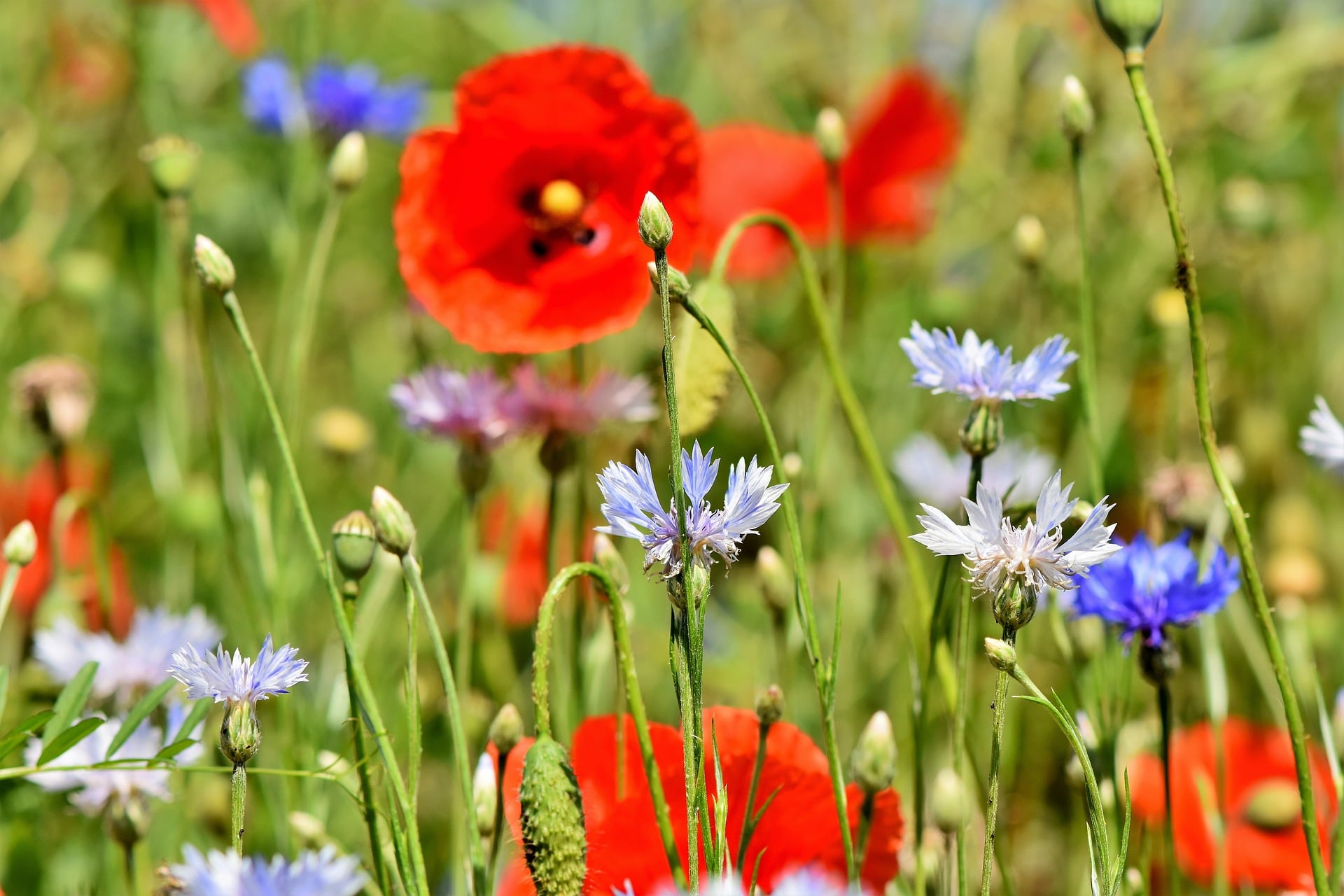
Ways To Help Local Wildlife
Create a Wood & Log Pile –
- Gather logs and other garden waste such as leaves and wood into a pile, this will create a cosy area that small animals will use to hibernate and shelter.
- Building a bug hotel is a similar and great way of helping insects.
Feeding Wildlife –
- Leaving out a variety of food for wildlife is really helpful for encouraging a range of species into your garden.
- Grow a range of different flowers, hedges and shrubs which provide a variety of food for different species.
Providing Water –
- Providing fresh water in bird baths ensures they have access to drinking water.
- Creating a small pond in your garden is a fantastic way of providing a home for amphibians like frogs, newts and toads – make sure you supply a way in and out.
- Leaving out dishes of fresh water is really useful for hedgehogs, and gives them access to drinking water.
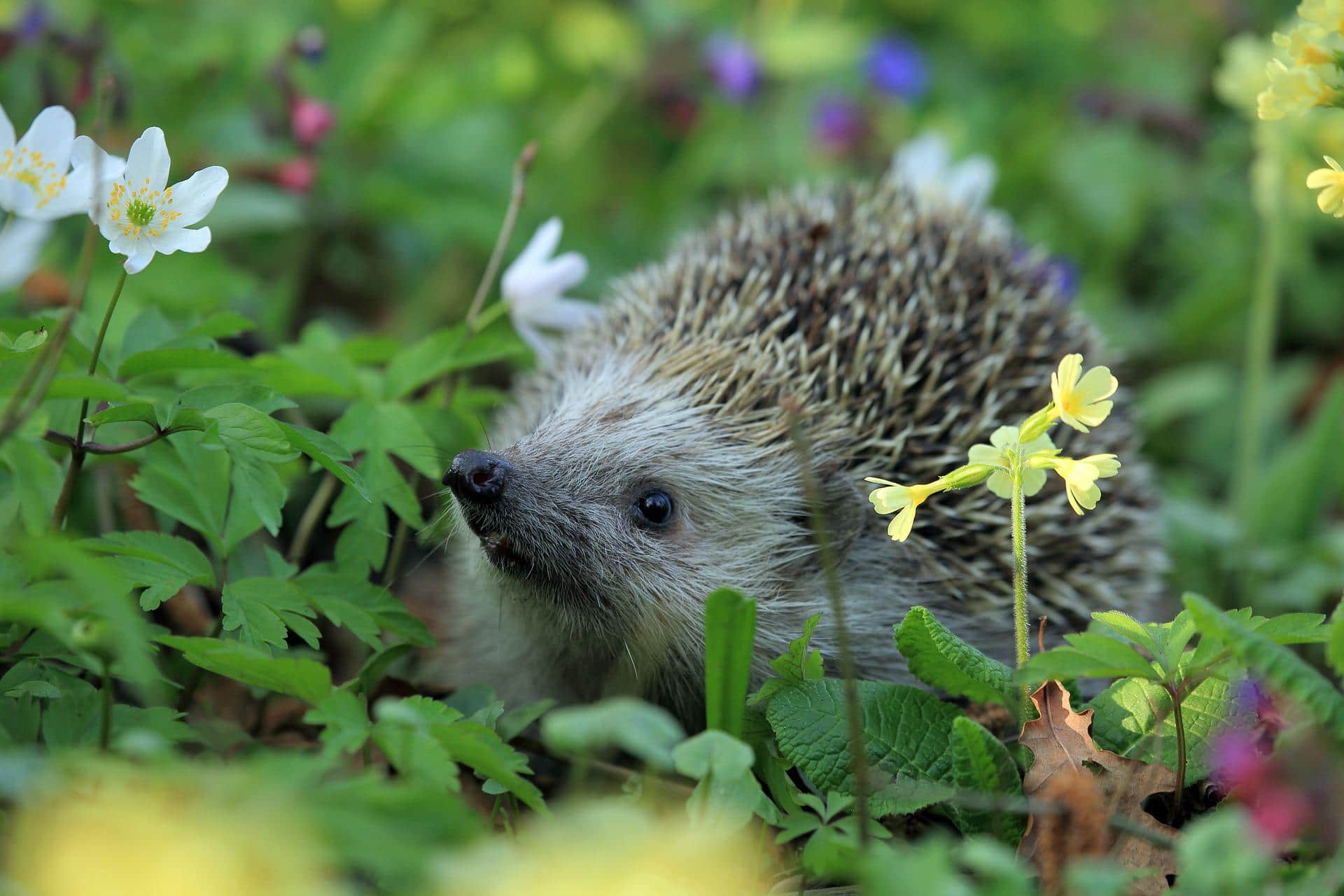
Other than this, making sure you lead a sustainable lifestyle massively helps our wildlife and biodiversity;
- Buying FSC certified wood and paper products
- Investing in a water butt and using rainwater
- Peat destroys habitats – swap to peat free gardening products
- Avoid harmful pesticides
- Plant native plants as there have more of an interest to our wildlife
Native Wildflowers
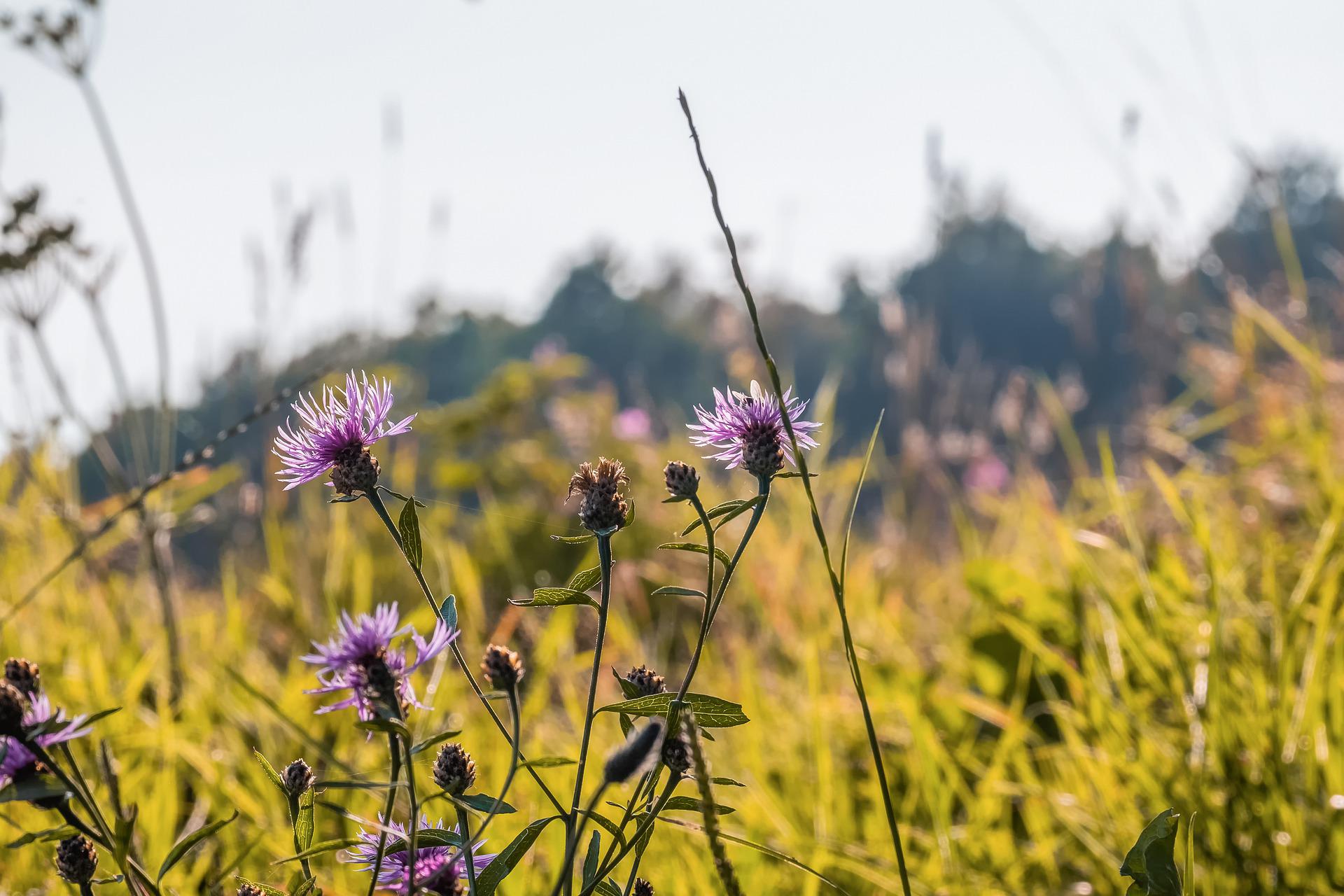
Knapweed
This gorgeous thistle-like plant is loved by pollinators and butterflies, and can be found in a huge amount of grassland.
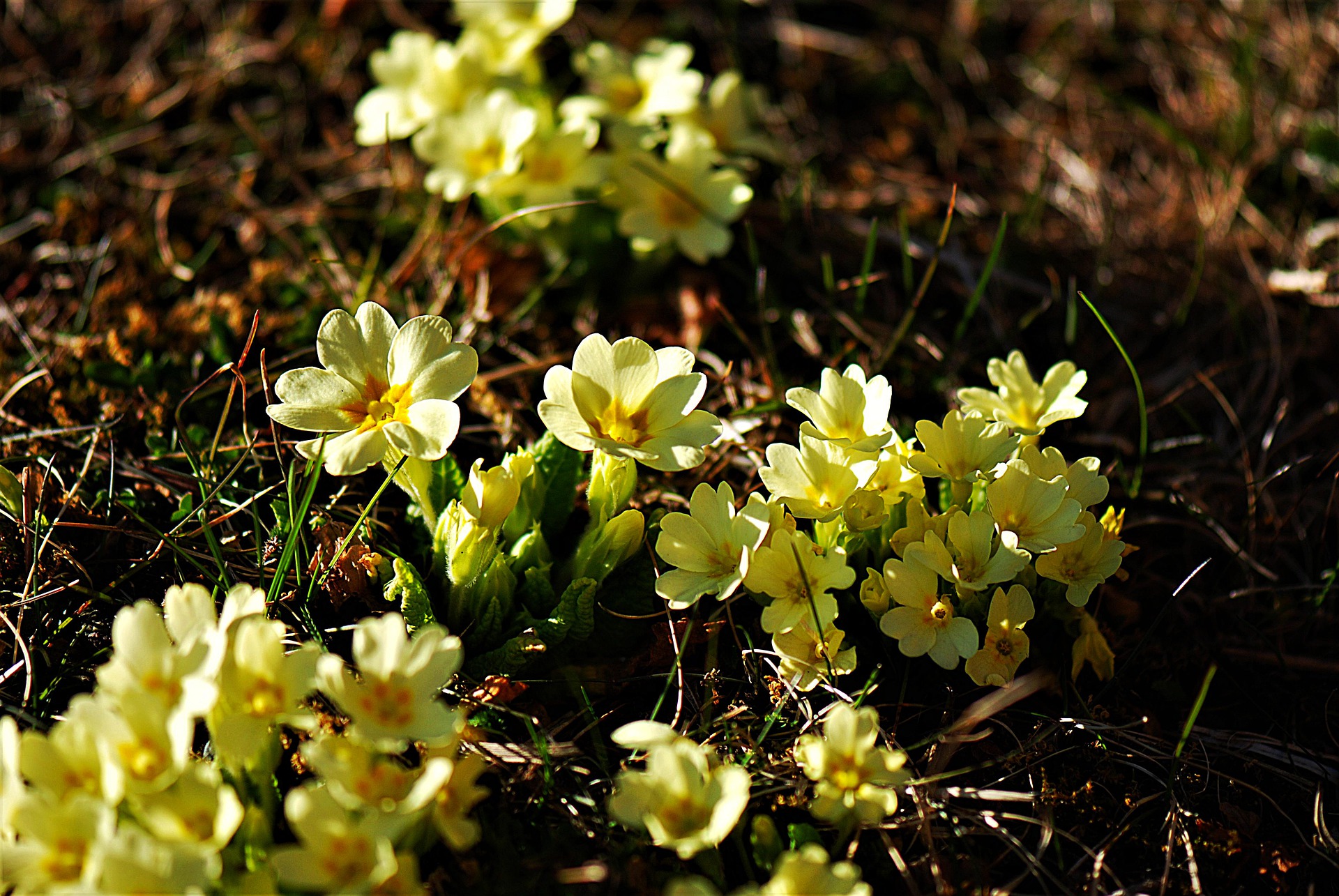
Primrose
This wonderful hardy, spring time flower thrives in wood and grassland.
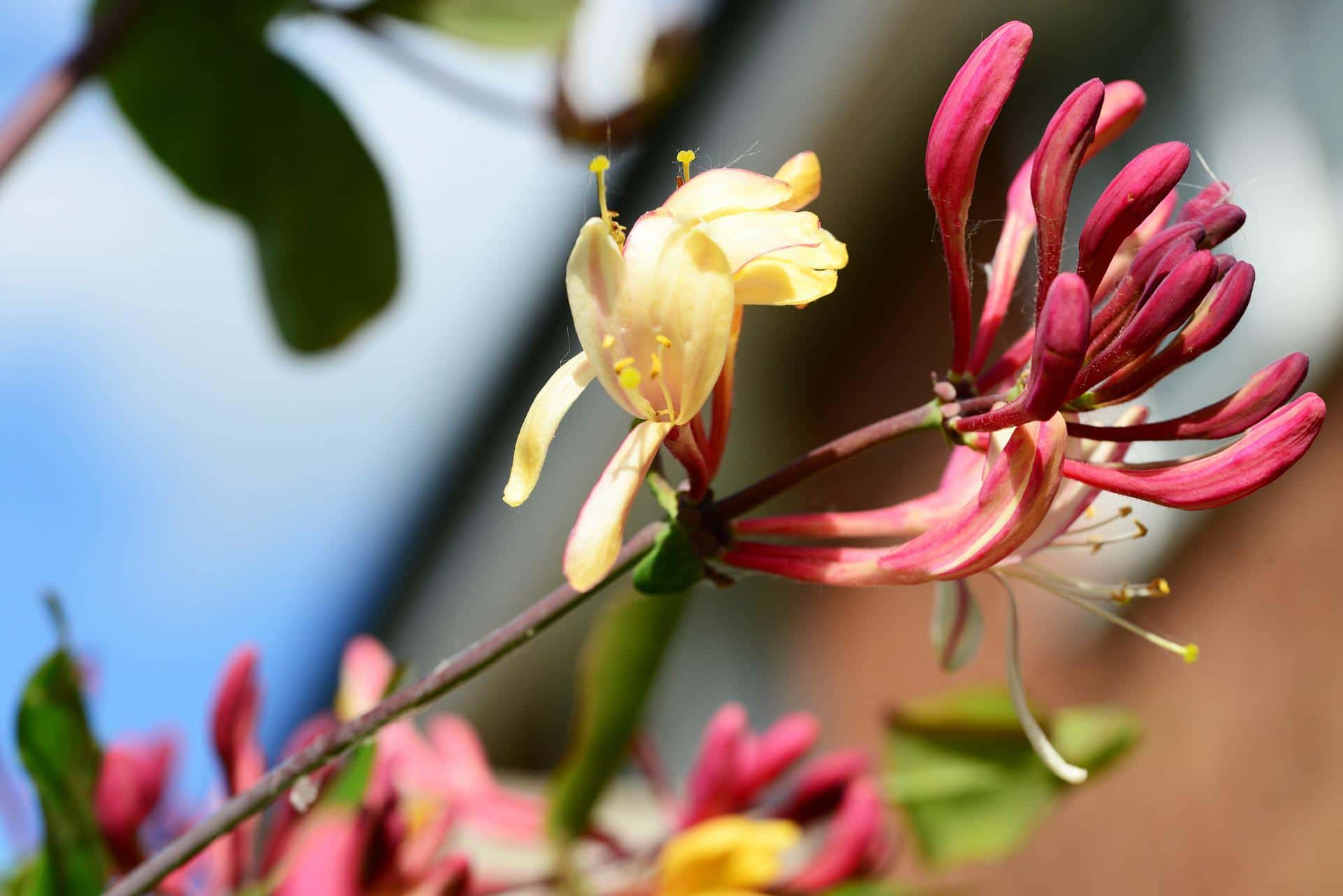
Honeysuckle
This wonderfully scented flower is highly popular with wildlife, and is widespread throughout the UK.
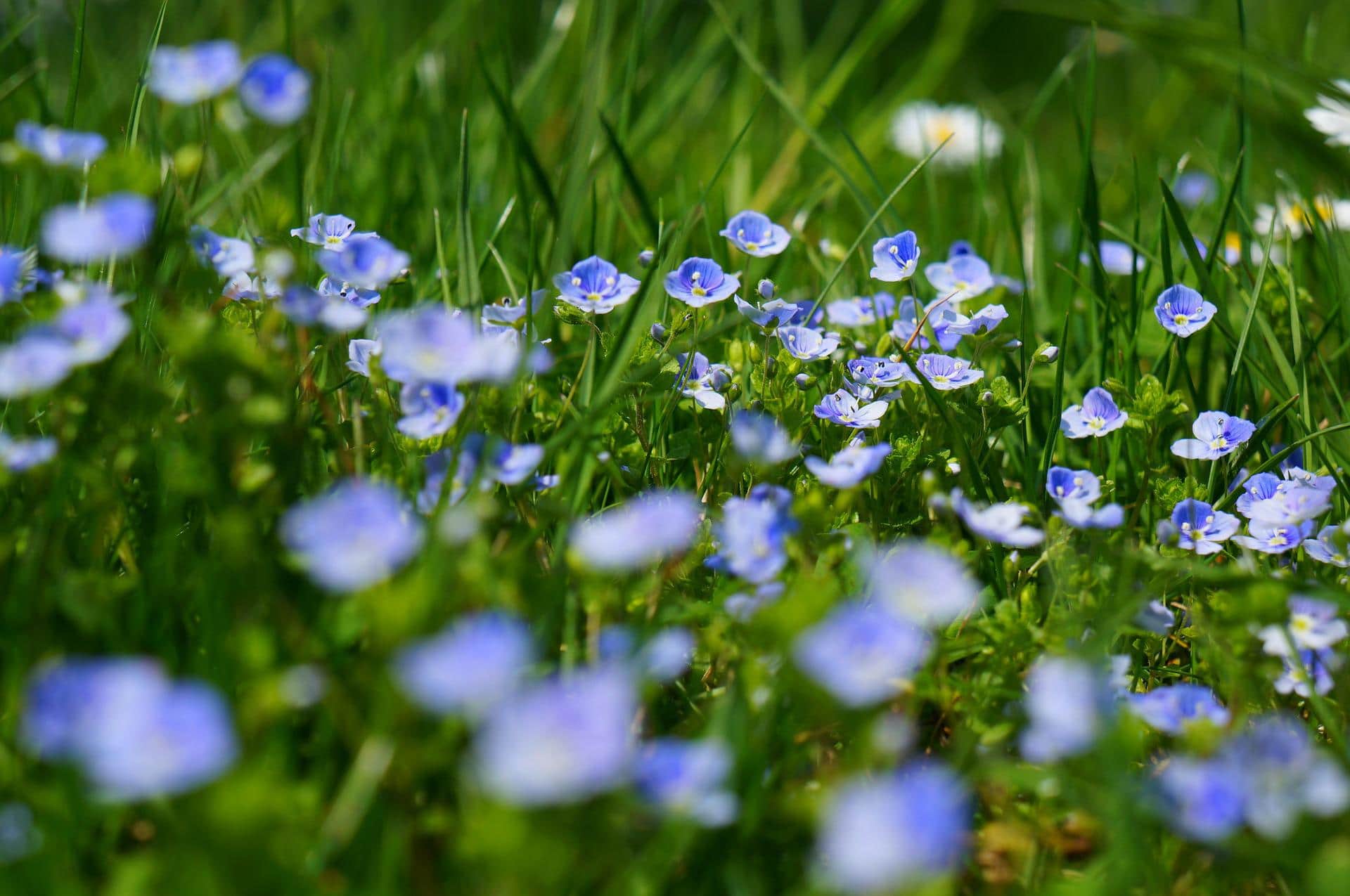
Forget-me-nots
These beautiful blue can be found across woodlands, and are a popular garden flower.
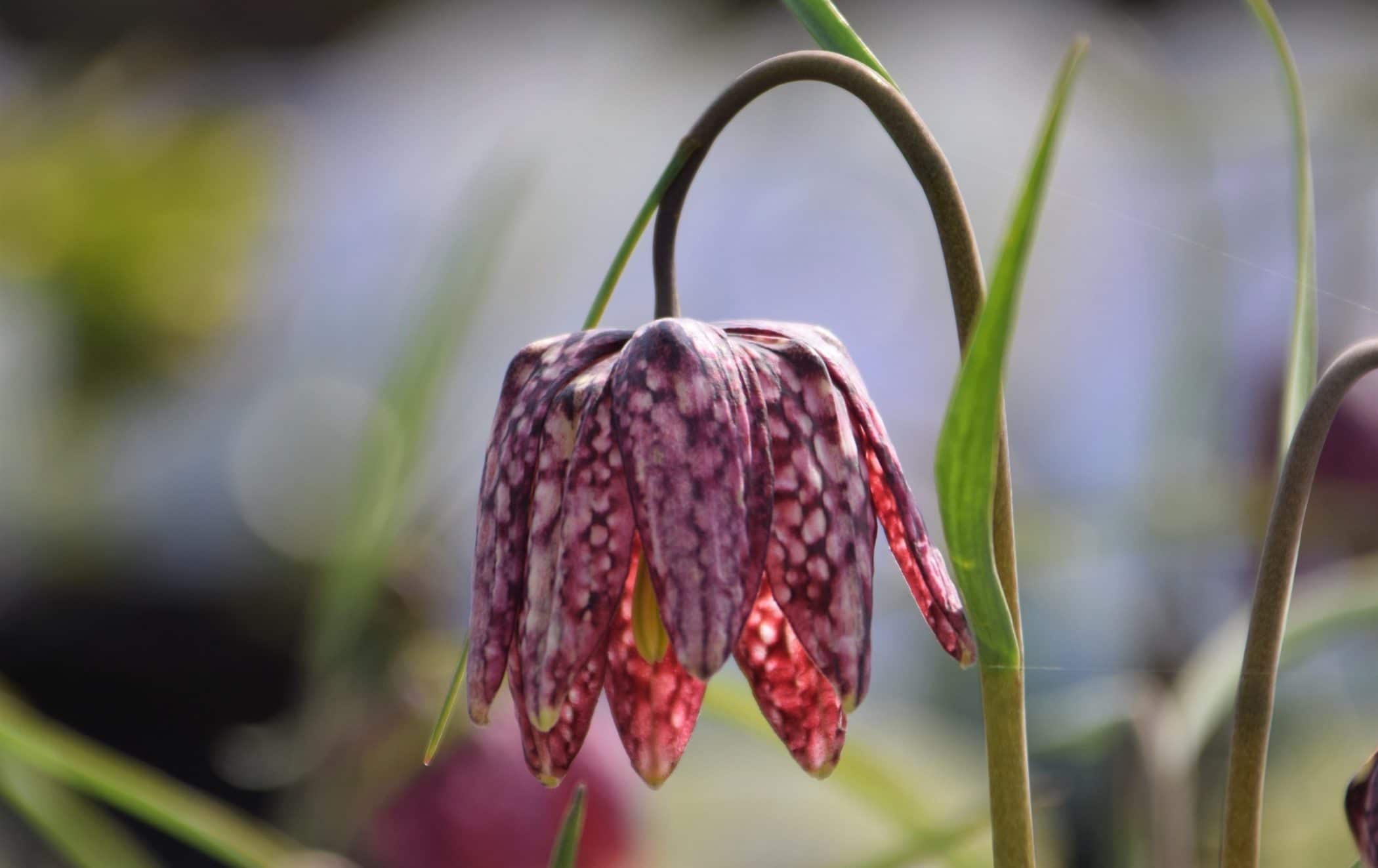
Snakes Head Fritillary
These gorgeous nodding flowers used to be scattered around the UK in abundance, but are now unfortunately in decline due to the loss of meadows.
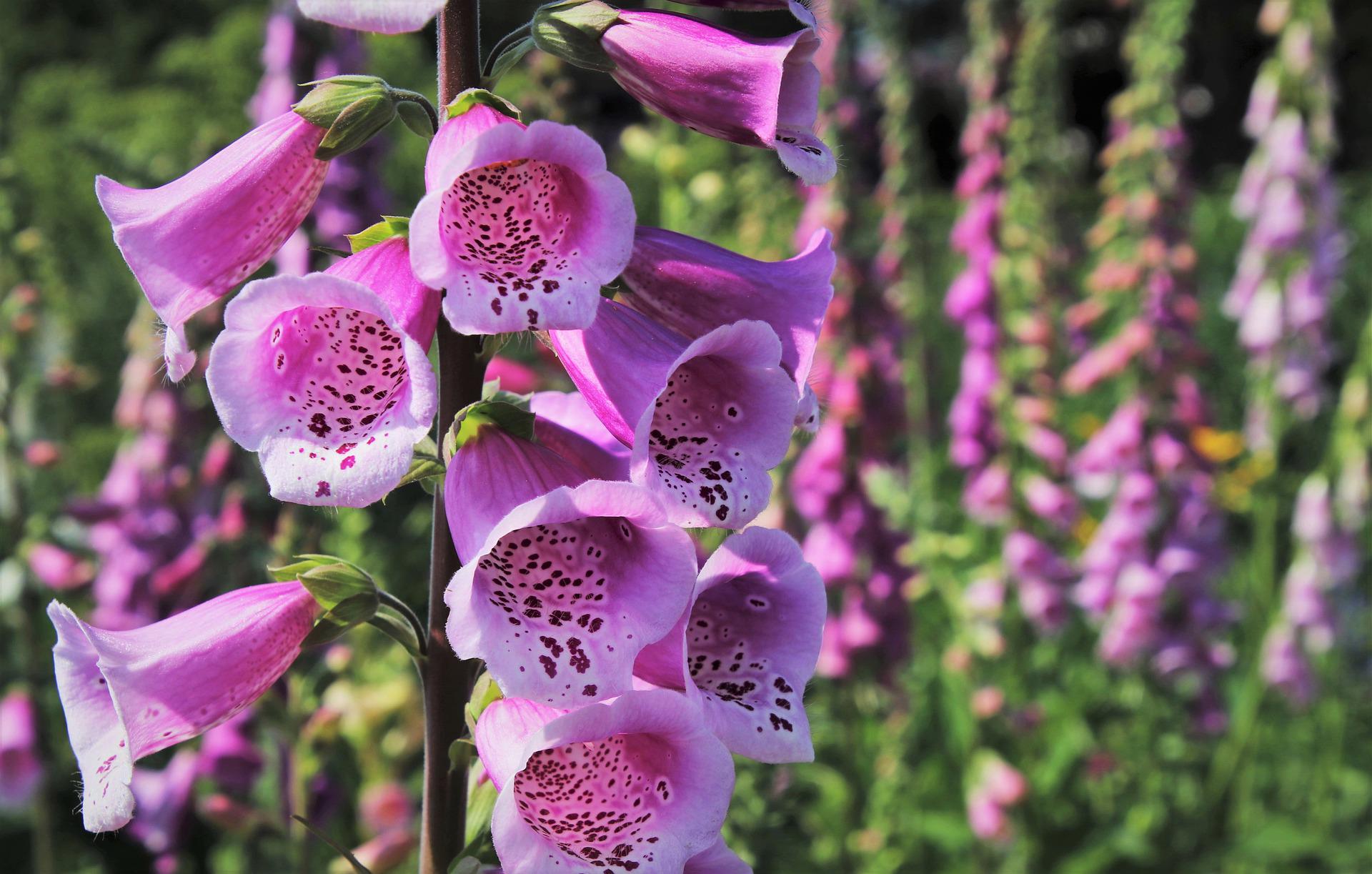
Foxglove
A striking tall flower that can be spotted in a mass of places around the UK. They are a popular garden flower and attractive to pollintors.


